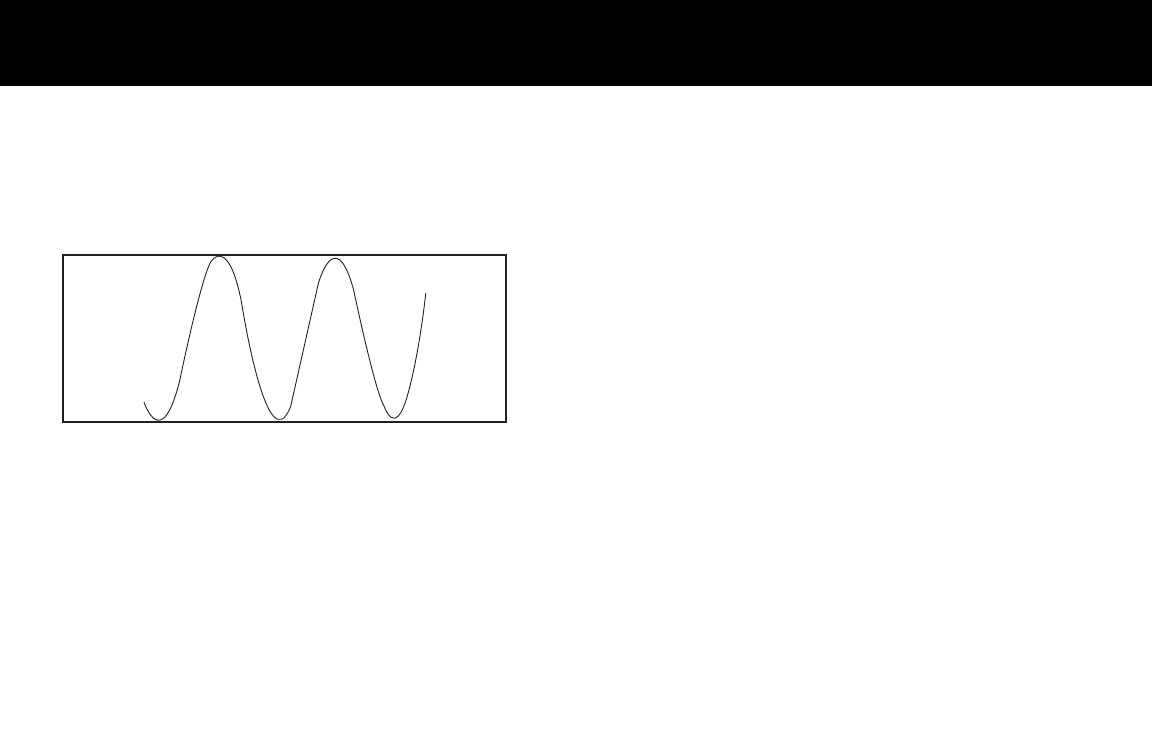
OPERATION SUMMARY
• Make certain the rated power consumption of the
appliance or equipment you wish to operate is compatible
with the capacity of your inverter.
• If the rated power consumption of the equipment is in
the range of the maximum specified wattage of your
converter, test the inverter to ensure that it will operate
properly.
• Before attempting to use a battery charger see page 19.
• Before attempting to use medical equipment see page 8.
• Use the heaviest gauge wire (smaller the number, the
larger or heavier the cable) available to connect the
inverter to the power source.
• When operating the inverter with the engine off, start the
engine every 30 to 60 minutes and let it run for at least
10 minutes to recharge the battery.
• In the event of automatic shut down, turn the inverter
OFF (O) immediately. Do not restart the inverter until the
source of the problem has been identified and corrected.
• To avoid battery drain always disconnect the inverter
when the vehicle is not in use for long periods.
• Do not expose the inverter to moisture.
25
OPERATING PRINCIPALS/SUMMARY
use a true RMS reading voltmeter such as a Fluke 87, Fluke
8060A, Beckman 4410, Triplett 4200 or any multimeter identified
as "True RMS."
For more information on inverters see our Inverter FAQ page
at www.whistlergroup.com/faq-inverters.asp
A true sine wave typical of home AC outlet.
In Review.
• Never attempt to operate your Whistler inverter from
any power source other than a 12 volt battery or a
group of batteries that total 12 volts.
• Always make certain that the power cable terminal
connections run Negative (-) to Negative (-) and
Positive (+) to Positive (+). Check these connections
frequently to ensure that they are secure.
24


















